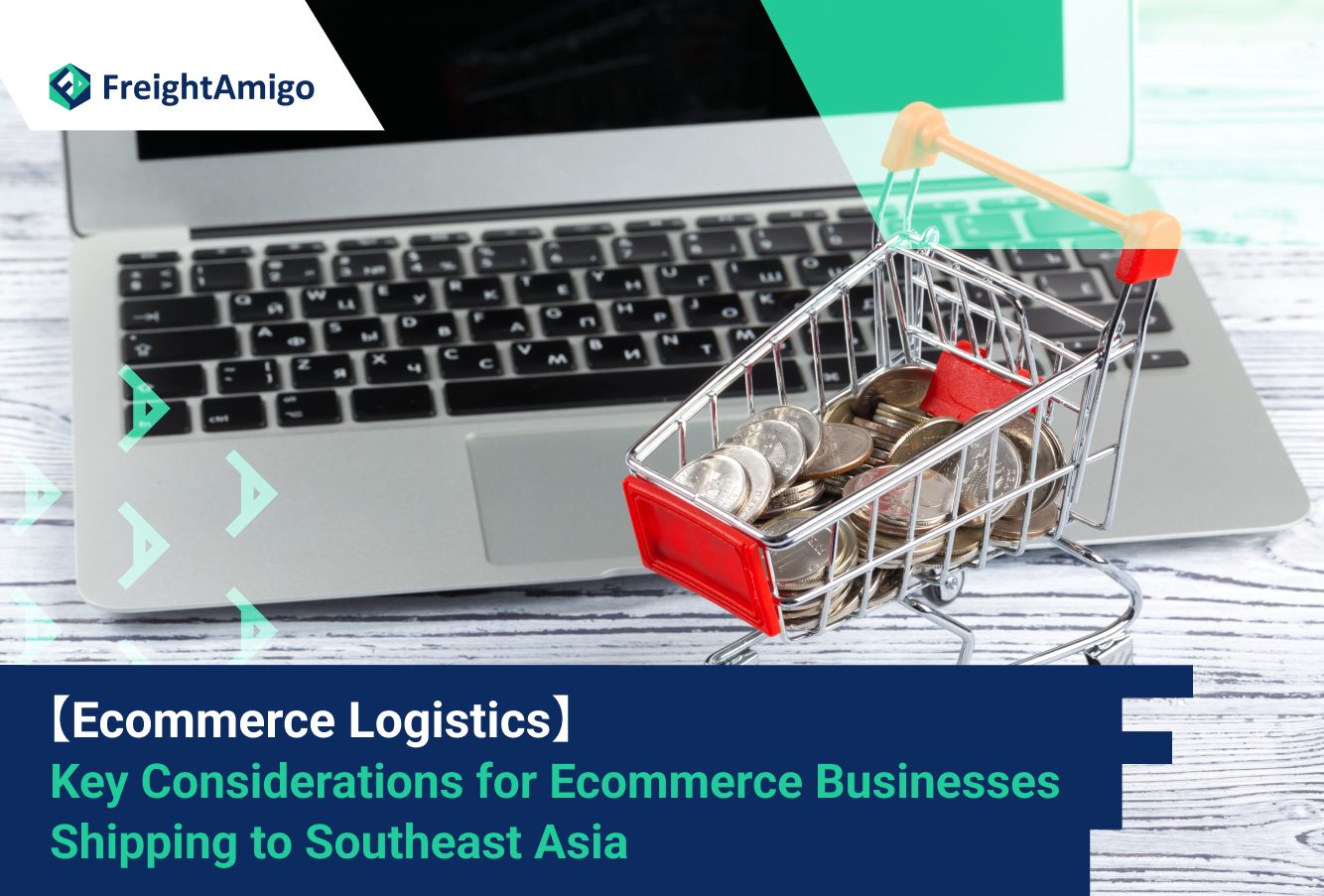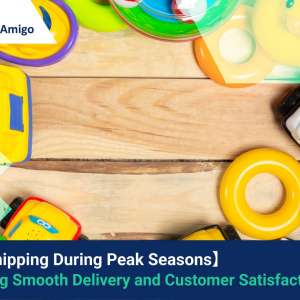December 29th, 2023: Maya Wong – Marketing Analyst at FreightAmigo
As an eCommerce business owner, venturing into the Southeast Asian market can be a profitable move. The region boasts a population of over 650 million people, rapidly increasing internet penetration, and a growing middle class with increasing purchasing power. However, shipping to Southeast Asia presents its unique set of challenges that need careful consideration. This guide will delve into the key factors eCommerce businesses should consider when shipping to Southeast Asia.
Want to compare the best Express, Air Freight, Sea Freight, Rail Freight & Trucking rates so as to have better control on cost?
Understanding the Southeast Asian Market
Market Dynamics
The Southeast Asian region is incredibly diverse, consisting of 11 countries, each with unique market dynamics. It’s essential to understand these differences and how they impact your eCommerce business. For instance, Indonesia has the largest eCommerce market in the region, but the official language is Bahasa Indonesia, and only approximately 5% of the population speaks English fluently. This necessitates the localization of your website and customer service to cater to local language preferences.
Consumer Behavior
Consumer behavior in Southeast Asia also varies significantly. In countries like the Philippines and Vietnam, Cash on Delivery (COD) is a popular payment method, while in Singapore, credit card penetration is high, and eWallets are gaining popularity. Understanding these nuances is crucial in tailoring your eCommerce business to meet the preferences of your target audience.
Localizing Your eCommerce Store
Localization is more than just translating your website content. It involves tailoring your operations to each market’s specific needs. This includes language selection, packaging, color choices, social channels, numbers, figures, symbols, visuals, and more. For instance, in Indonesia, your website and customer service should be available in Bahasa Indonesia to cater to local language preferences.
Choosing the Right eCommerce Platform
Choosing the right eCommerce platform is critical in reaching your target audience in Southeast Asia. Several platforms cater to the region’s unique needs, such as Shopify, WooCommerce, Wix, and Shopline. These platforms offer localization features, multiple payment options, robust delivery infrastructure, and more, making it easier for businesses to set up and run their eCommerce stores.
Navigating Customs Regulations
Each country in Southeast Asia has its own customs regulations and requirements. Ensuring compliance with these regulations is essential to avoid legal issues or delays in delivery. For instance, Indonesia Customs requires an insurance certificate for goods insured outside Indonesia or placed in a bonded warehouse. Not providing one may cause your shipment to be stuck in customs.
Optimizing Your Logistics Process
The logistics process is a crucial aspect of eCommerce businesses, especially when shipping to Southeast Asia. The region’s geography, with thousands of islands and diverse landscapes, presents significant logistical challenges. Partnering with local logistics companies with extensive knowledge of the local market can help overcome these challenges. Using technology such as GPS tracking can also provide customers with real-time updates on their orders’ status.
Handling Payment Systems
In Southeast Asia, different countries have diverse payment preferences. While credit card penetration is low in many countries, digital wallets are gaining popularity in others. Offering multiple payment options can cater to local preferences and increase customer satisfaction.
Dealing with High Competition
Southeast Asia’s eCommerce market is highly competitive, with both local and international players vying for market share. Differentiating your business, offering unique products at competitive prices, and leveraging innovative marketing campaigns can help you stand out in the market.
Managing Regulatory Challenges
Each country in Southeast Asia has its own set of regulations and requirements for eCommerce. These can include rules around data privacy, taxes, and licensing requirements. Ensuring compliance with all relevant regulations can help you avoid legal issues and reputational damage.
Estimating Shipping Costs
Accurately estimating shipping costs is vital to avoid unexpected charges. Most couriers have shifted to a volumetric weight pricing, which pegs the shipping charges to the amount of space that the package occupies on an aircraft, rather than the actual weight. Understanding these pricing models can help you accurately estimate shipping costs and avoid unexpected charges.
Packaging Your Products Appropriately
Proper packaging is crucial to ensure that your products arrive at their destination intact. Depending on the mode of transport and the item being shipped, the packaging requirements can vary significantly. Ensuring that your packaging is sturdy enough to withstand rough handling, harsh weather, and humidity changes can prevent damage to your products during transit.
Providing Excellent Customer Service
Providing excellent customer service is key to building customer loyalty and trust. This includes offering support in local languages, providing timely and accurate updates on orders’ status, and handling customer queries and complaints promptly and professionally.
Keeping an Eye on Additional Charges
Be aware of potential additional charges, such as shipping-related charges, package-handling charges, and duties to be paid upon arrival at customs. Understanding these charges and accounting for them in your pricing can help you avoid unexpected costs and maintain profitability.
In conclusion, while Southeast Asia’s eCommerce market presents significant opportunities, it also comes with its unique set of challenges. By understanding these challenges and taking proactive measures to address them, you can successfully scale your eCommerce business in the region. It’s not just about having a good product; it’s about understanding the market, optimizing your logistics process, localizing your store, and providing excellent customer service.
There Are Different Options For Cargo Transportation. If You Want To Choose The Most Convenient And Suitable Solution, It Is Best To Have The Full Support Of Logistics Experts! If You Are Planning To Ship Goods Overseas, Please Go To The FreightAmigo Page For Inquiries.
===
Read More:
【Anticipating the Future of Ecommerce】 Projections for 2024
【Logistics 101】 The Impact of Toy Shipping on the Ecommerce Industry
【Rise of TikTok in Ecommerce】 Opportunities and Challenges
===
If you have any inquiries on logistics/supply chain, feel free to contact FreightAmigo now:
Chat with us online OR
Phone : +852 28121686
WhatsApp: +852 27467829









































